Ecologist and shooter Alex Hatton outlines 10 simple ways to boost conservation on your shoot and help wildlife and plant species to thrive there...
 credit: Archant
credit: Archant
There is a little uncertainty about the forthcoming shooting season and what we may or may not be able – financially or otherwise – to do. Shoots take years to build up, both for their value as a shoot and for the wildlife that depends on them and thrives because of the work done on them. So, if you are unable to shoot this season, or are holding fewer days, perhaps you could use the time to think about ways you can improve your shoot’s value to the environment and to conservation as a whole. Here are 10 great ways to boost conservation on your shoot and help wildlife to thrive there.
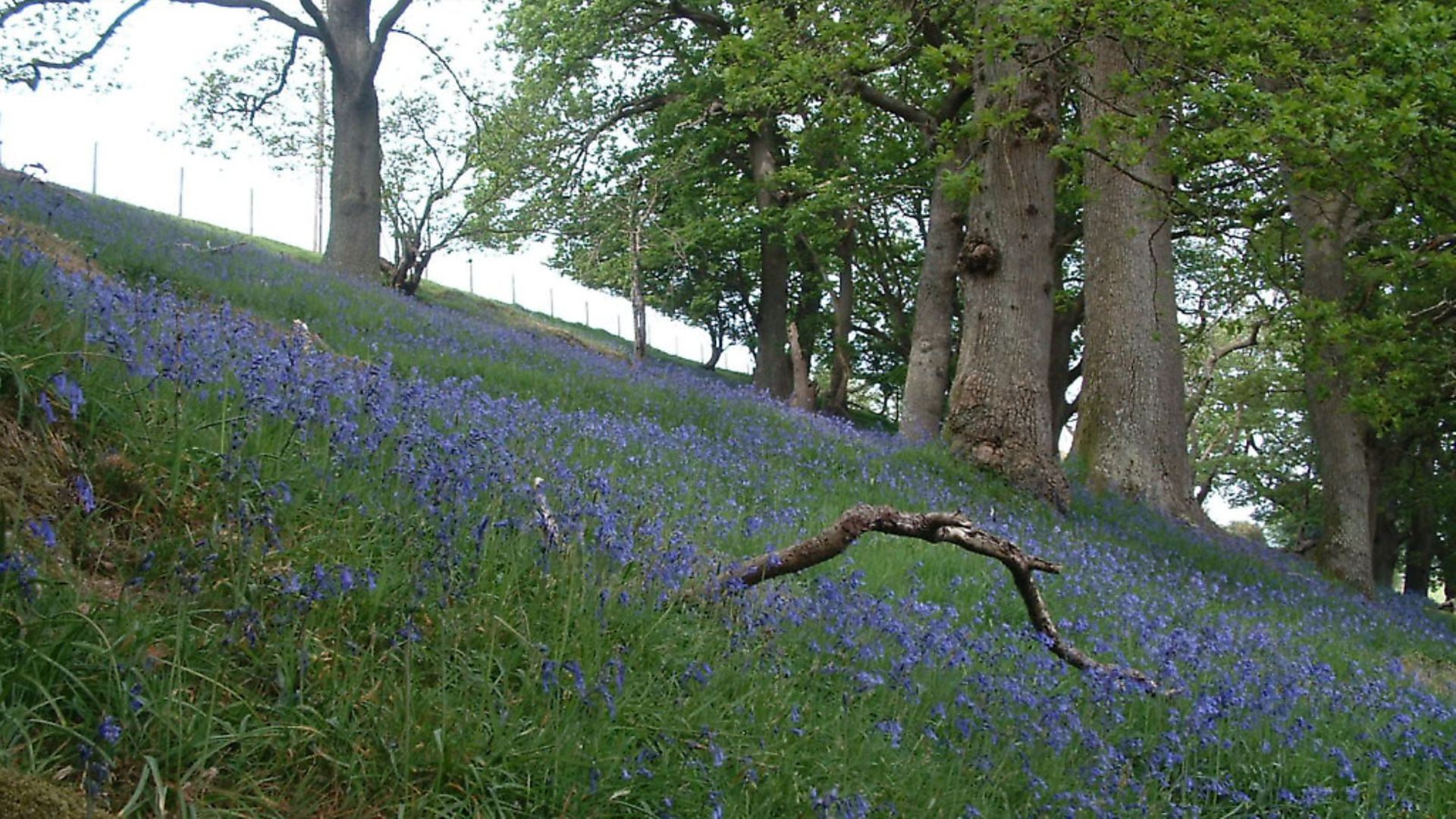 credit: Archant
credit: Archant
10: Habitat connectivity
This has been a buzzword for many years in the conservation world. Species such as bats and dormice rely on good, intact hedgerows to commute around the countryside and they do not like leaving the shelter of them; a few metres of gappy hedge can stop them. And it is not just animals that require hedgerows to spread – plants need them too. Woodland plants such as wood anemones follow hedgerows and it takes them a long time to spread, often finding it impossible to do so when they come to a gap.
Identify gaps in the hedgerows on your shoot and plug them with whips; it is a relatively cheap exercise but really worthwhile. Hedgerow trees are also disappearing and a simple remedy is to tie a bag or hazard tape around an existing hedgerow plant at regular intervals along it immediately prior to the hedge being cut and inform the hedge cutter why you have done this. You’ll see a huge difference within a year or two.
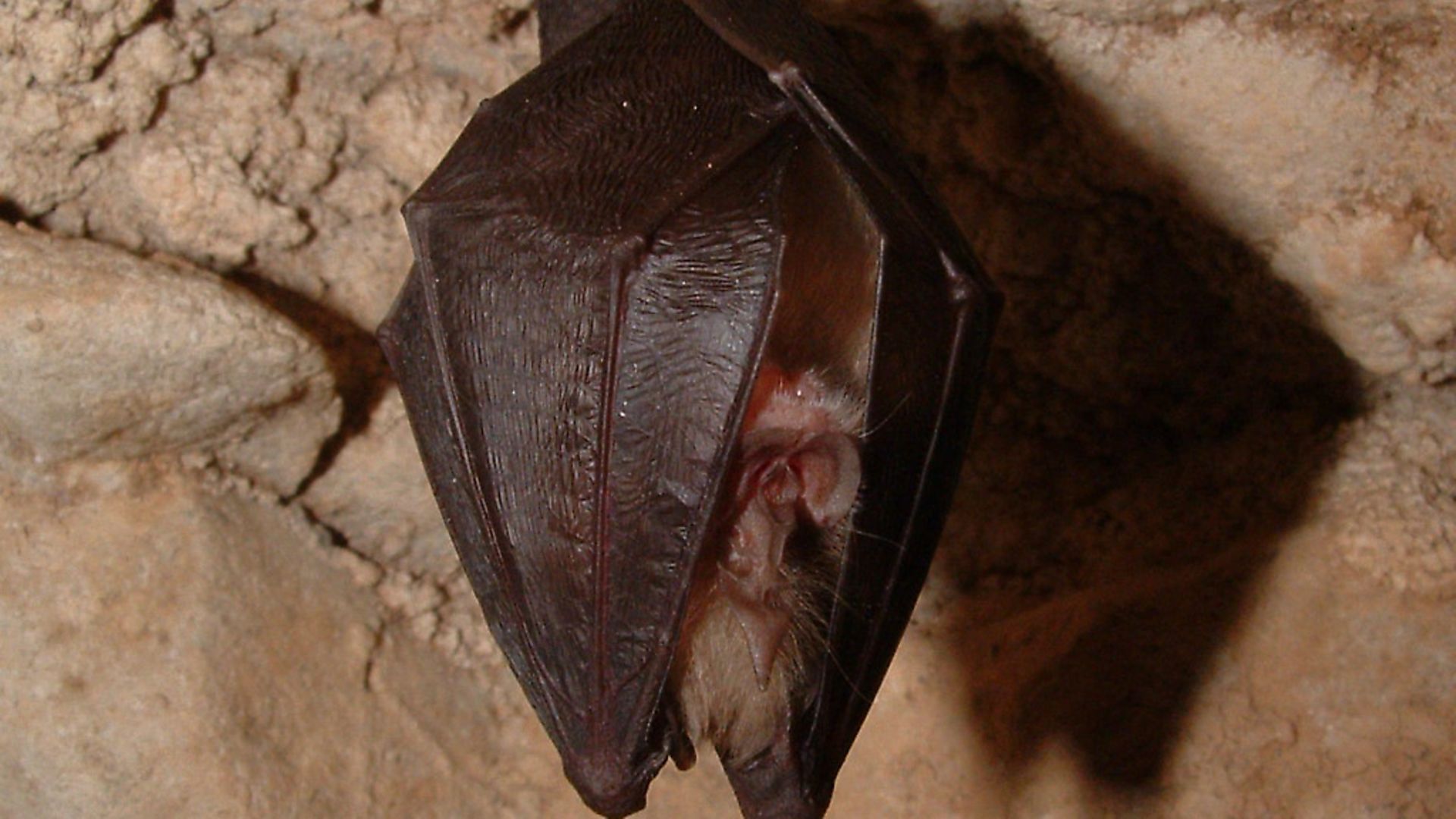 credit: Archant
credit: Archant
9: Provision of roosts
In some areas of the UK, there are not enough bat roosts available due to the ‘clearing up’ of the countryside. If you shoot in woodland, look around for small cracks and crevices in the trees. Bat roosts tend to be at least 2m off the ground and need only be 6mm wide. These are the trees you should firstly be leaving when it comes to woodland management, but why not go further and leave the standing deadwood? If the limbs are a health and safety concern and there are no signs of use by bats, such as urine staining or droppings around the entrance, then remove the unsafe sections and leave the main stem.
As trees rot, they will open up opportunities to many insects, birds and bats. If you have a younger woodland without natural roosts, you can make bat boxes relatively easily. There are an array of types, some like a letter box, some with more of a chamber. They will need a bit of sunshine, so work a treat when placed facing south-east or south-west.
Remember, bat roosts are protected, therefore once they show signs of current or previous use, a box cannot be moved without a licence. When placing your bat boxes, try to think ahead and place them in areas you do not intend to manage in the future. Boxes can be checked from underneath without the need for licensing.
 credit: Archant
credit: Archant
8: Woodland management and enhancement
Cold, dark woodlands generally do nothing for shooting interests or wildlife. A work party can change this so quickly by simply opening up glades through tree clearance, opening up the woodland edges and cutting rides, allowing the light in and enabling the understorey to flourish. Logs can be used in the woodburner and there is no better use of brash than stacked up in piles to encourage insects and provide game birds and bats/birds with a food source.
Providing you are not selling the wood, you can fell up to 5m³ a calendar quarter before you need to apply for a felling licence.
 credit: Archant
credit: Archant
7: Rivers and streams
Rivers and streams benefit massively from being fenced from livestock as it improves water quality and bankside vegetation. A well-constructed drinking bay with some stone put down stops poaching, trampling of the banks and soil being flushed into the water course. An initiative my own shoot was involved in many years ago saw the river fenced, with access gates so we could get dogs in and out and a drinking bay put in. We now benefit from many woodcock holding up along its length as well as a few areas we can feed wild ducks. There is not always an opportunity to get grants, but a simple post and electric wire fence will give the same benefits.
 credit: Archant
credit: Archant
6: Predator/vermin control
Although you may not be putting down birds this year, try and continue with the predator/vermin control you did in previous years such as fox, squirrel, corvid, mink or rats. You will likely already have the tools for the job, and although you may not specifically be protecting your pheasants, leaving things for a year can mean it’s really hard to get on top of them next year, and will have a knock-on effect for your other wildlife on the shoot.
The general licence is regularly updated and you should download and read a copy before you carry out bird control.
5: Fencing off rough corners
Admittedly, this is a difficult thing to sell to a farmer. We have a few areas on our shoot that are boggy/stony and because the tractor could not get in to them our farmer was more than happy if we fenced it off. They should not just be left as bramble that is impenetrable, as that is not particularly valuable. We tend to cut rides through these areas to break them up and allow woodcock to roost. A feeder on the edge is visited by songbirds all day long and the pheasants pass through morning and night to feed here. We have a fair few of them now and we have planted up a few of ours round the edge and left the middle open to encourage woodcock.
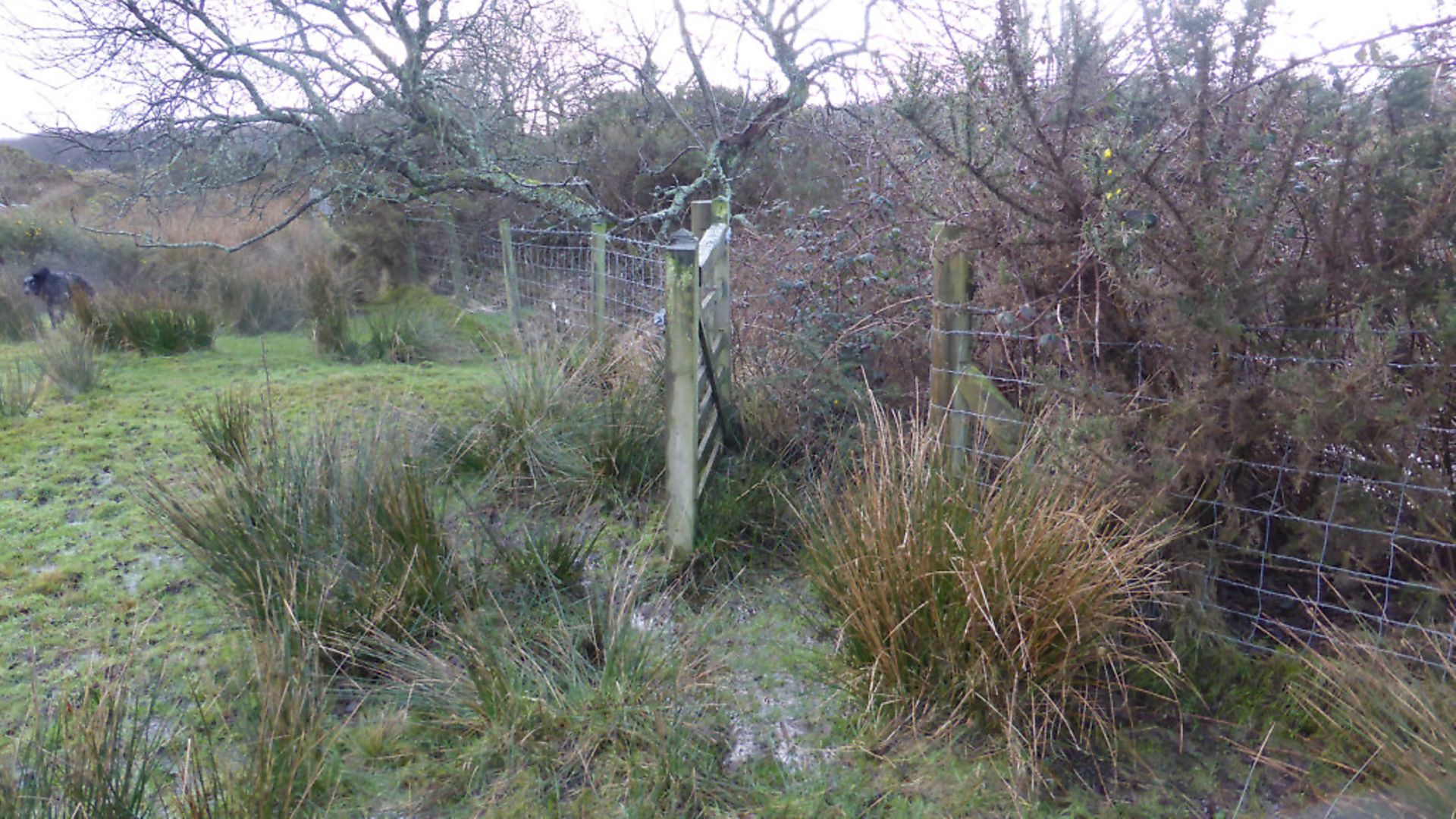 credit: Archant
credit: Archant
4: Keep feeding
For those shoots that may not be putting birds down this year, if you can afford to, continue to feed. Not to the same levels as you did previously as the pheasants will not be there, but try to keep your usual feeders topped up.
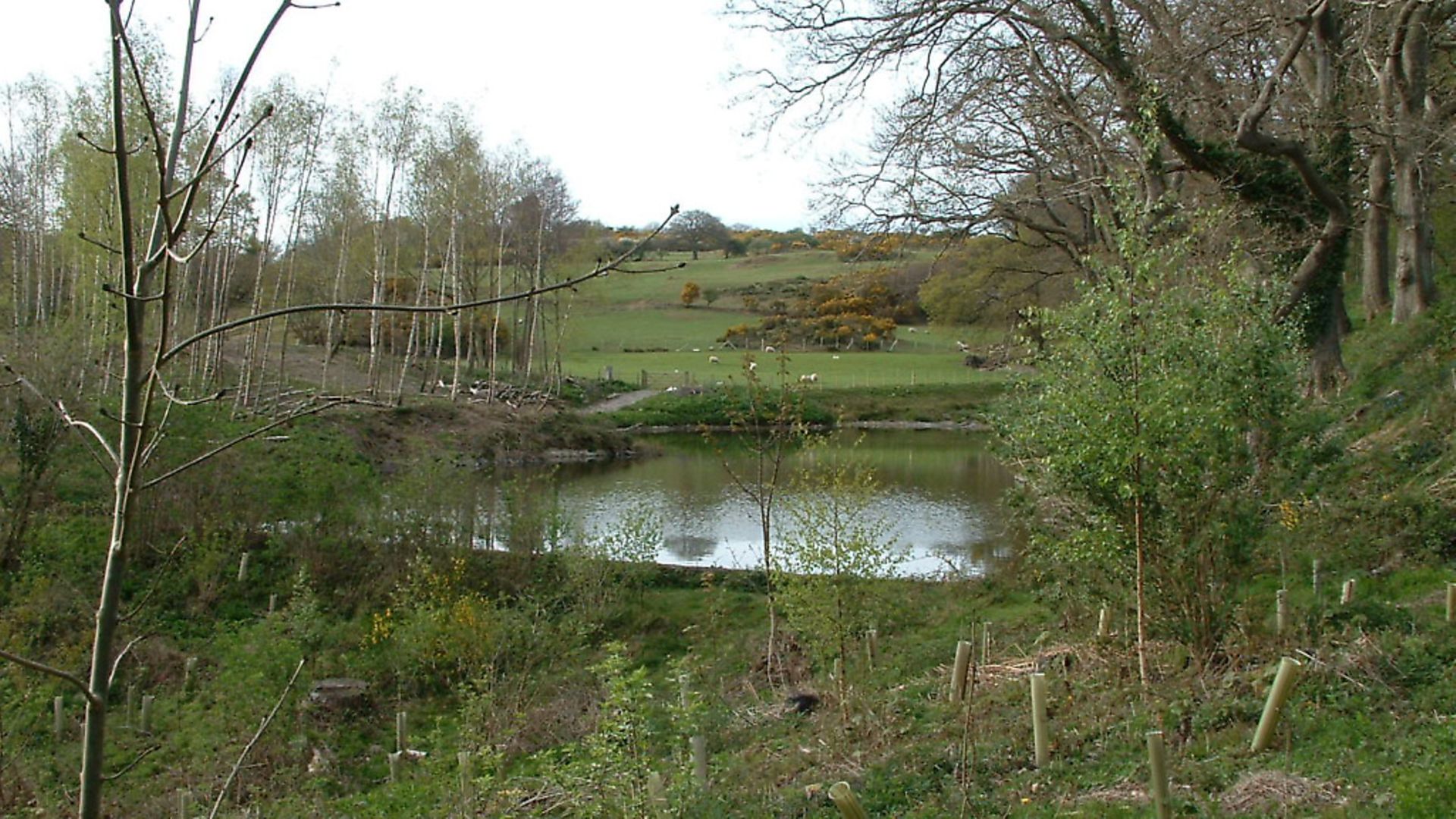 credit: Archant
credit: Archant
We are all well aware that shoots have more diversity and numbers of wild birds than unshot areas of farmland... a lot of this is down to the better quality habitats, but your resident wildlife has come to expect being helped through the harder months of the year by visiting your feeders.
3: Flight ponds and scrapes
Before I took on my woodcock and snipe shoot, the previous shoot captain had chosen an area of wet ground that had a small stream running through it for his flight ponds. These were largely open to the stock to drink from and therefore required no planning permission.
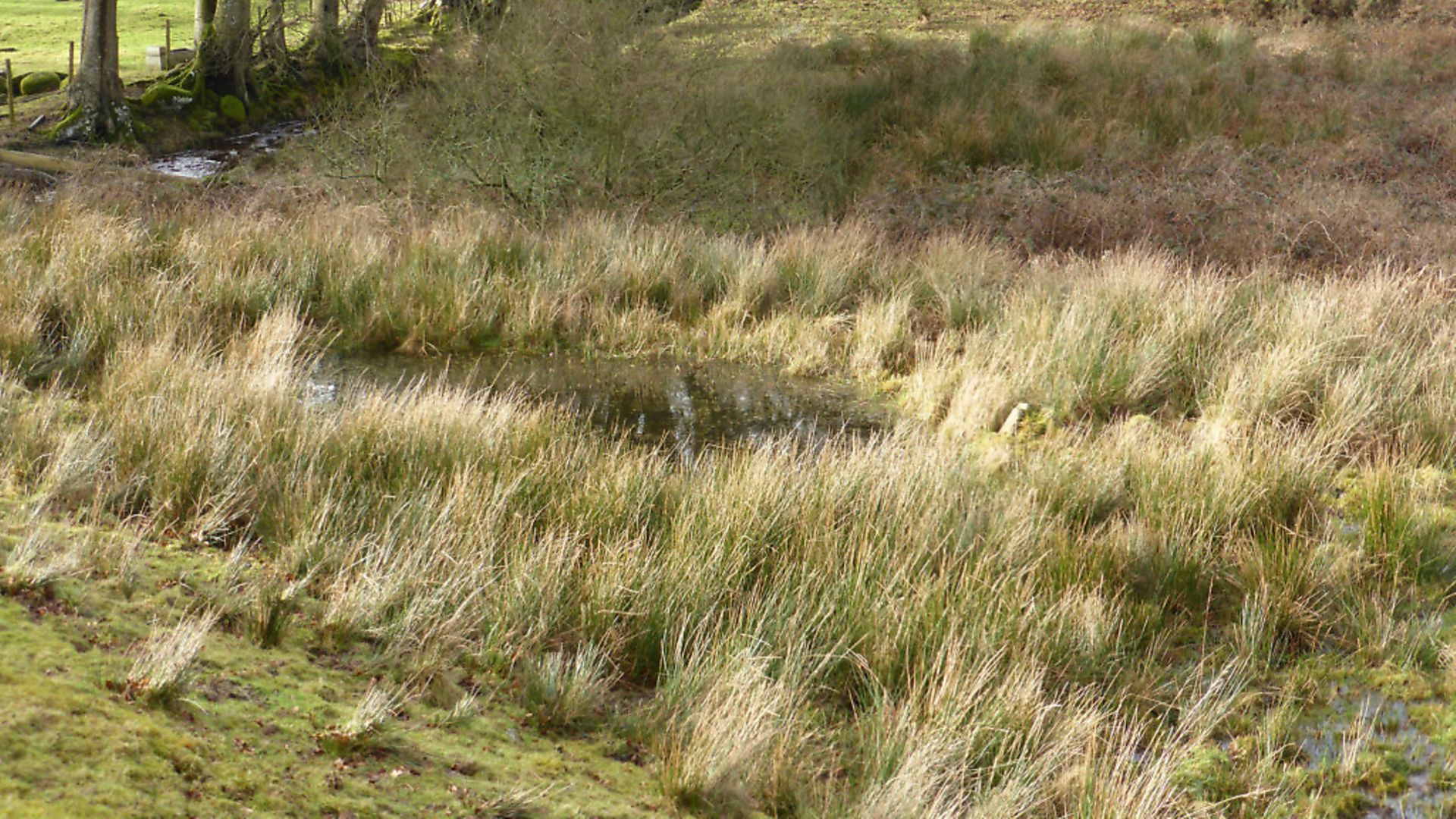 credit: Archant
credit: Archant
Ponds and scrapes do not have to be huge to attract wild ducks such as teal; in fact, a shallow edge is perfect for them. We have a series of ponds that are all different, some are deep, one has an island, another is barely more than a shallow scrape, but the ducks rarely fail to come to at least one in a night.
Now is the time to get a machine in to reprofile the edges and remove some of the silt as well as ensure the edges are high enough to hold more water during the dry summer months. And do not forget to keep feeding them over this season and, of course, shooting them too!
2: Field margins
Once your hedges are in good order, you need to get permanent field margins in place – these are particularly valuable on intensive arable farms. The margins are often less productive, agriculturally, and the benefits for wildlife are numerous, as they link and extend hedgerows, woodlands and ditches, providing permanent refuge and food for young birds, particularly partridge.
 credit: Archant
credit: Archant
They can be established anywhere, including watercourse bunds, rough corners, woodland edges, etc and have some benefits to farming also where pollination is important.
1: Cover crops
My number one long-term conservation goal is cover crops. We all know their benefit to game birds, but they are also a really important food source for wildlife. They provide food directly to birds as well as indirectly to bats through the provision of insects. Cover crops do not have to be a monoculture of kale or maize; they can include quinoa, millet, radish, chicory and sunflower. Also, try and leave them in as late as possible before they are grazed/ploughed. If they can get wildlife through the harsher months, at little extra cost, they are even more valuable. You do not need to have huge areas either – a strip up the edge of a field is just as valuable.
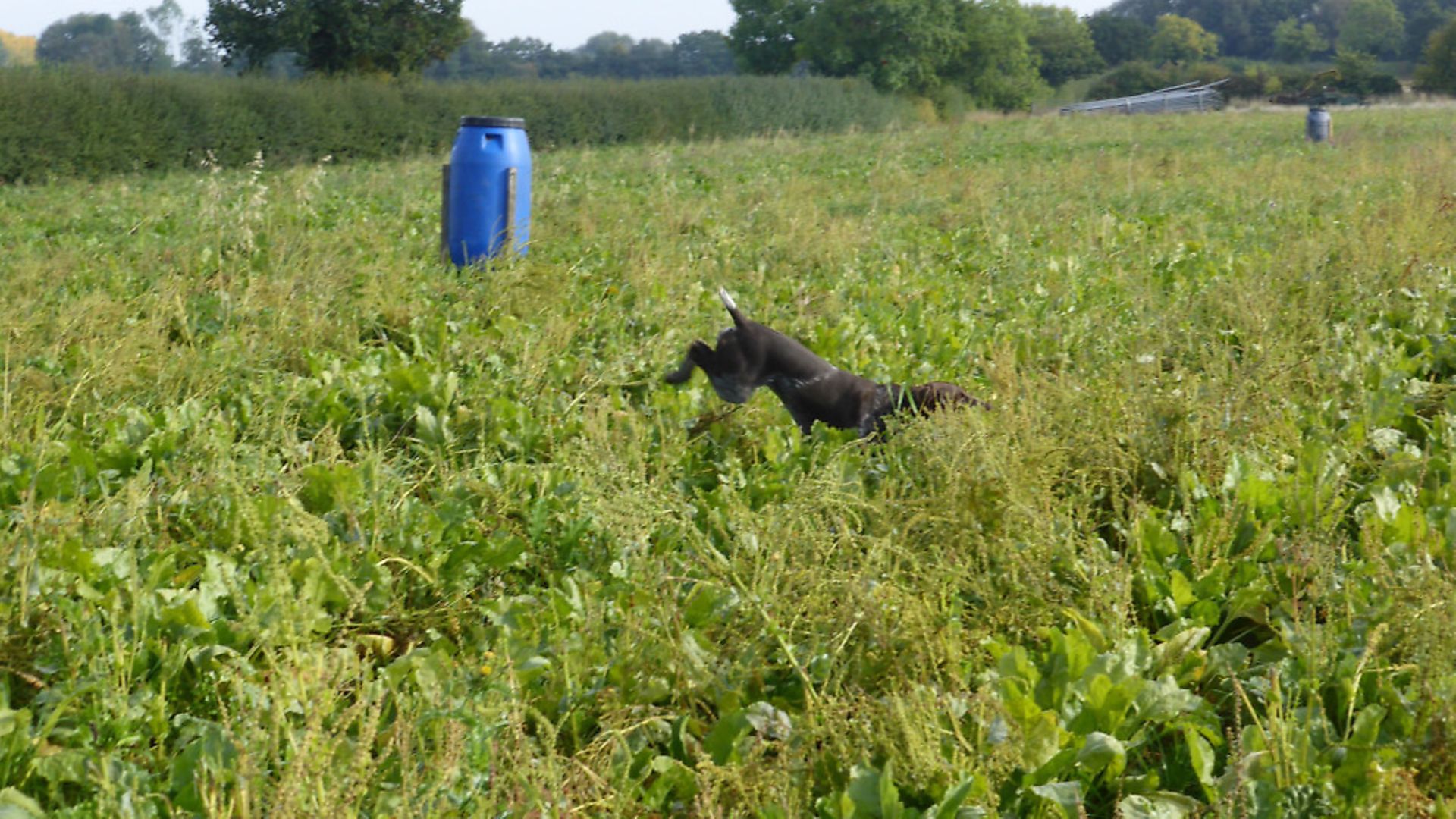 credit: Archant
credit: Archant
These tough times with restrictions will be over at some point. Use the time to get more familiar with your shoot and continue to improve its value both as a shoot and wildlife haven. And do not forget... your gundog may have less to do this year, but still requires ticking over!
Sporting Shooter tip: Find useful gundog training articles to help keep him tuned up here!
 credit: Archant
credit: Archant